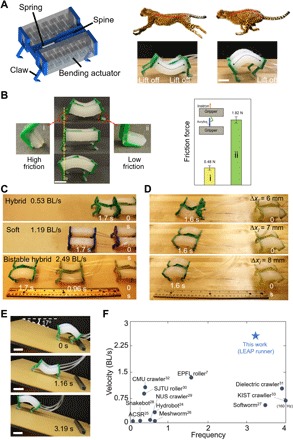Fig. 4. Bistability for high-speed crawler.

(A) Locomotion gaits of the proposed bio-inspired crawler by the spine actuation in the fastest galloping cheetahs. The spine bends upward to store energy when touching ground and bends downward to release energy and extend its stride length with legs lifting off the ground during the high-speed locomotion. (B) Left: Mechanism of directional locomotion. The Ecoflex elastomer pads attached to the claws provide tunable friction force (i, high friction; ii, low friction) and transit the symmetric bending of the bistable actuator into directional locomotion. Right: Static friction forces of claws with and without Ecoflex pad–substrate contact. The claw shows ~280% increase in the friction force (1.82 N) when the attached Ecoflex pad contacts the substrate. The inset shows the schematic of friction force measurement. (C) Demonstration of locomotion in the high-speed bistable crawler and its two counterparts with disabled bistability at different actuation time: soft crawler based on the soft actuator and hybrid soft crawler based on the hybrid one. All actuators are pressurized at the same pressure of 20 kPa and the same frequency of 3.2 Hz. The bistable hybrid soft crawler shows the fastest speed (~2.49 BL/s). (D) Demonstration of locomotion in the high-speed bistable crawler with different values of spring’s stored energy in the bistable actuator. All actuators are pressurized at the same pressure of 30 kPa and the same frequency of 2.63 Hz. The one with largest spring pretension shows the fastest speed (~2.68 BL/s). (E) Demonstration of the proposed bistable hybrid soft crawler’s capability in climbing slightly titled surfaces (tilting angle of 17°). The other two counterparts fail to climb. Scale bars, 25 mm. (F) Comparison of locomotion velocity measured in BL/s between our proposed bistable hybrid soft crawler (denoted as star-shaped symbol) and reported locomotive soft robots in literatures. LEAP, Leveraging Elastic instabilities for Amplified Performance. Photo credit: Yichao Tang, Temple University.
